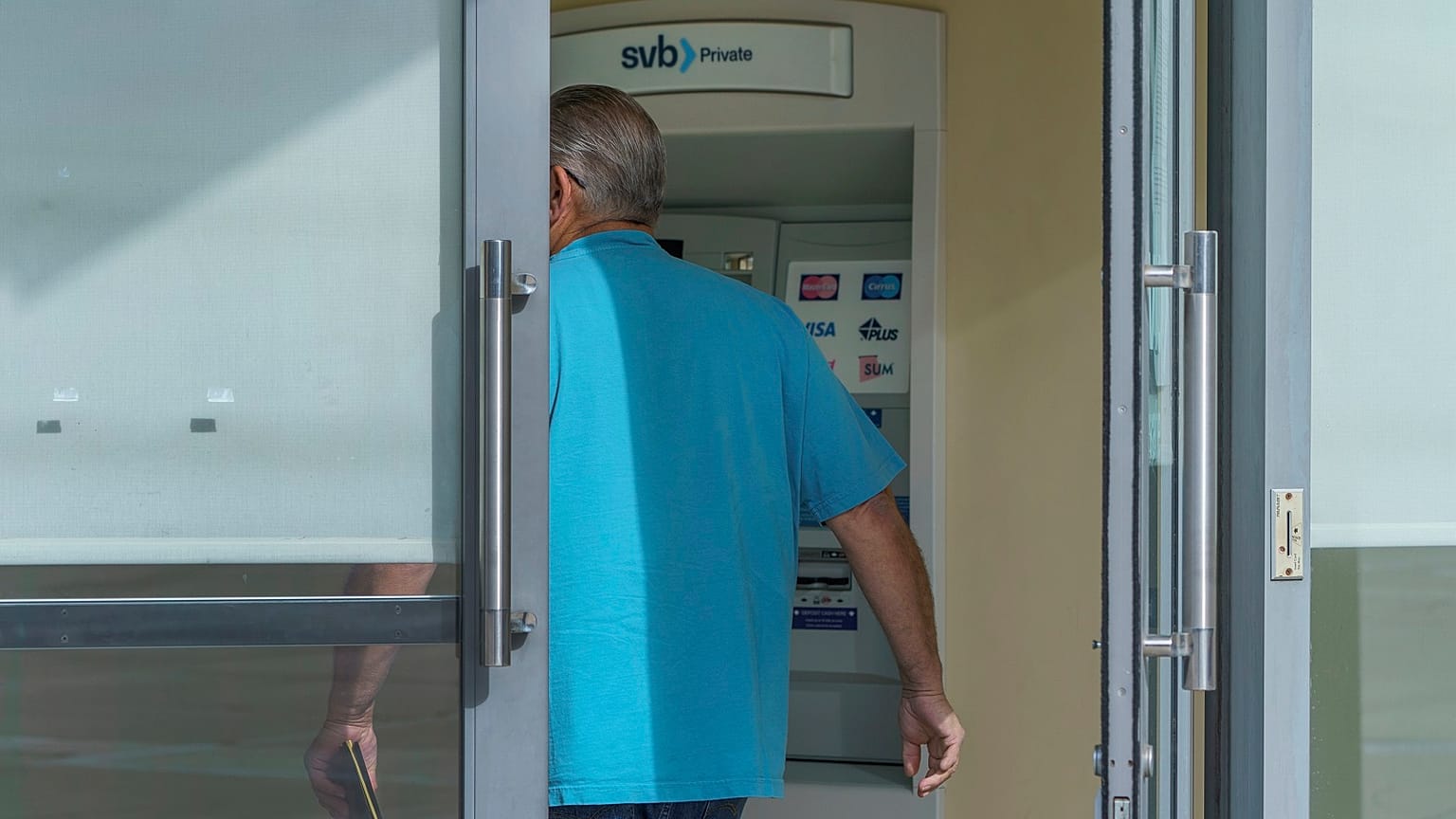How you can keep their money safe when banks collapse like the Silicon Valley Bank in the US
Since the collapse of the Silicon Valley Bank, many of you may be wondering: is my money safe?
On Twitter, users expressed their concerns about whether they should withdraw their assets as a precaution.
One user tweeted: "We all need to pull everything from our bank accounts to keep our money safe. I've convinced my whole family and a few friends and coworkers that this is the most sensible choice."
Another person wondered whether the failure of Silicon Valley Bank signalled risk for European customers.
"Can someone who really knows about it explain to us what it means concretely for us Europeans, please? Is the money in our accounts at risk? Do we have to take the money out and put it under a mattress?" he asked.
According to Google Trends, searches for "Is my money safe?" went up by 43 per cent this week.
How are bank customers protected around the world?
The good news is that since the 2008 financial crisis, countries have put in place regulations to protect the money people have in their accounts.
In the US, the Federal Deposit Insurance Corporation insures people up to $250,000 (€237,000).
What about the European Union? Due to legislation, all countries within the bloc are obliged to set up at least one Deposit Protection Scheme on a national level.
All schemes have to comply with the EU minimum deposit protection, for amounts up to €100,000.
That means that all EU countries must ensure a minimum of €100,000 per client per bank. That means if you have money in another bank, it will also be insured.
If a bank in the EU fails, customers must be reimbursed within 20 working days. But by January 2024, this time limit will be reduced to seven days.
In the UK, customers of banks under the Prudential Regulation Authority (PRA) are protected up to £85,000 (€97,000).
What if I have more than the deposit protection?
For those who have more than €100,000 or any other maximum insured amount in a single bank account, it might be a good idea to spread this money to another bank to make sure you’re covered by the deposit scheme.
Although there are protection schemes in many countries to avoid losing customers’ assets, experts have told Euronews the collapse of Silicon Valley Bank is a reminder to be aware of where of your money is held and not to have it all in one single account.


















